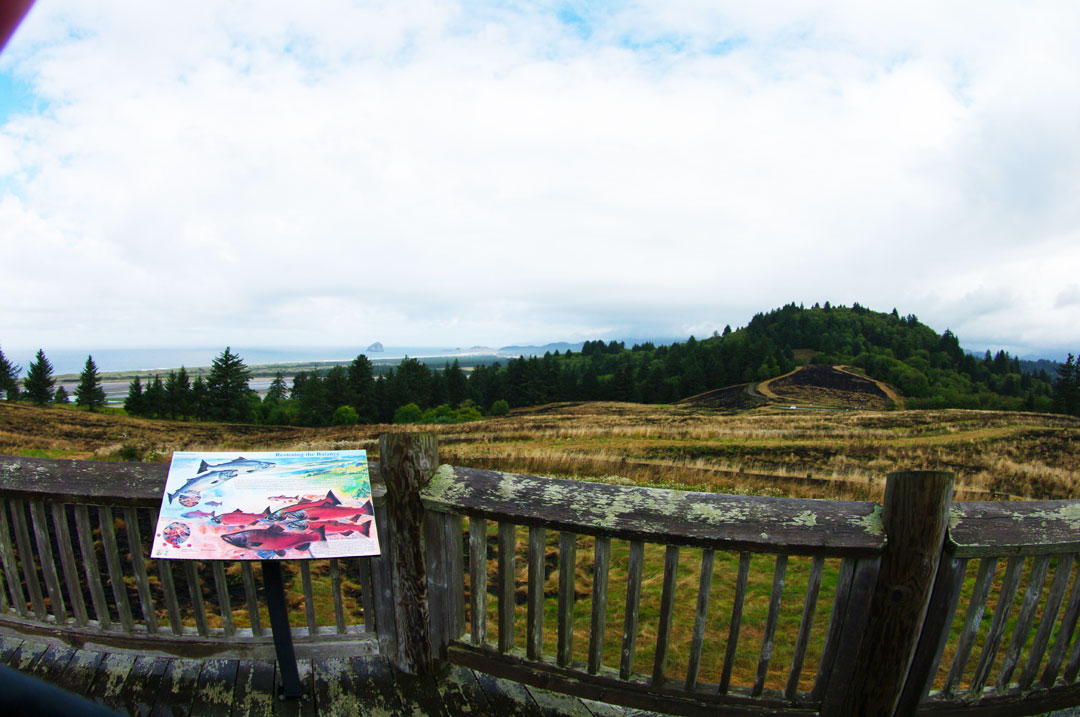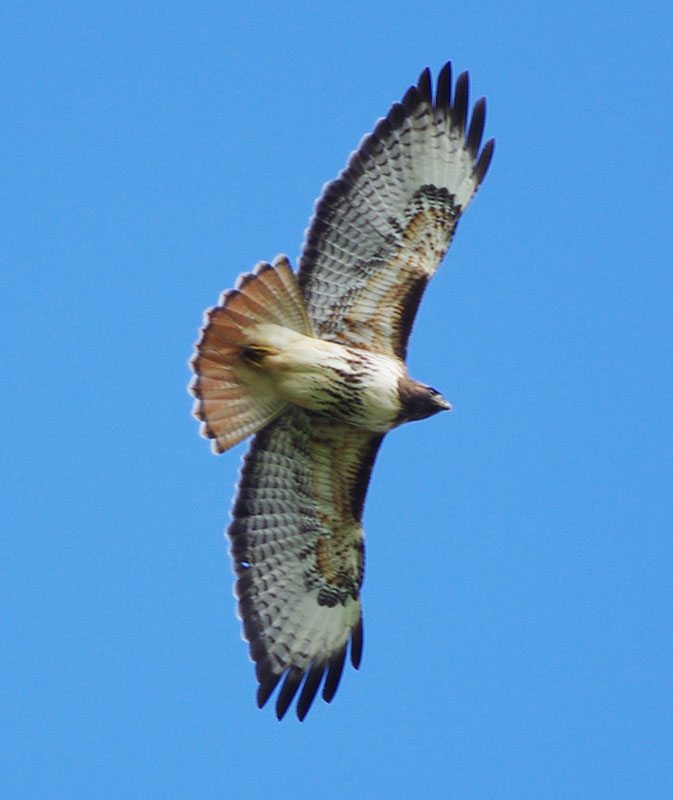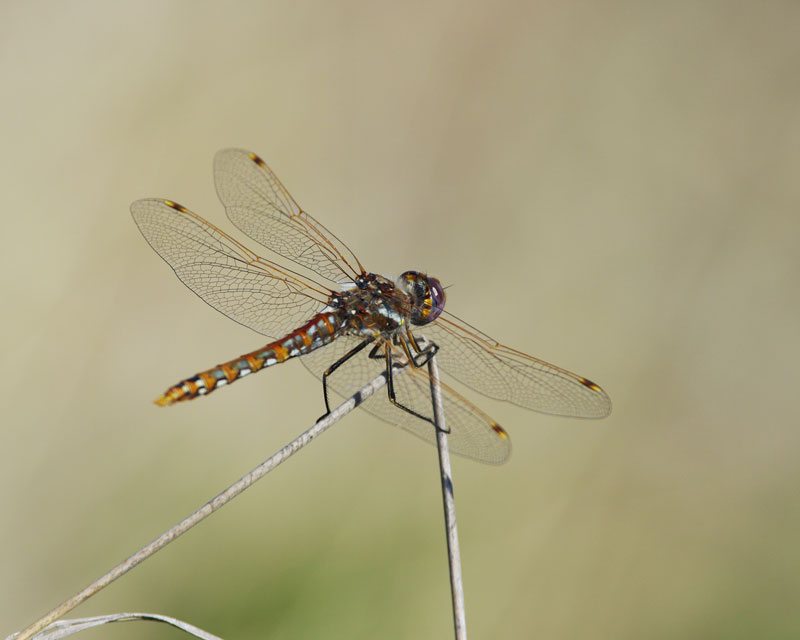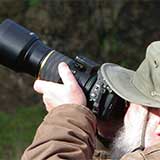Tillamook Coast Life Blog
Birds of Tillamook Coast: Migrating on an East Wind
Between mid-August and early November, the Oregon Coast gets a few scattered days with an east wind. These days have some of the nicest weather of the year on the outer coast, with clear skies and temperatures often in the mid- to high seventies. They also provide opportunities for experiencing unusual wildlife migration. If you live on the coast, these are days to play hooky and head outdoors, and if you live inland and are looking for excuses to come to the beach, watch the weather forecasts for these days – they can be really rewarding.
One hundred or so species of land birds migrate south along the coast or over the Coast Range each fall. Most are very scattered during this migration, and many fly primarily at night, so this migration can be difficult to see. These east wind days can bring the migrations of some of these birds into spectacular view. In particular, migrations of diurnal raptors –vultures, ospreys, hawks, and falcons – are more visible on these days.
Migrating bird highways
These birds use the topography to set their migratory routes by locating places with consistent updrafts or thermals and traveling from one to the next. In hilly, forested landscapes like ours, updrafts are most common when and where wind blowing over ridges and hilltops is deflected upward. In places like the Appalachians in the east, the hills are organized into long ridges, some extending hundreds of miles from northeast to southwest. These become veritable raptor highways and favored viewpoints become famous for watching the migration.
Large numbers of raptors migrate south in the coast range, but because the hills are jumbled together without long north-south ridges, the birds are spread out and harder to find and watch. In their migrations, they progress south but take innumerable different paths depending on wind direction, which brings us back to our east wind days. On these days, they drift to the west as they progress south, as that becomes the easiest route. The easiest route, that is, until they reach the coast.
Soaring migration is difficult for these birds over water, so they do not want to continue out over the Pacific. When they reach the coast they line up over the western-most ridges and hills, at times forming a pretty good river of birds, parallel to the beaches, and generally one-half mile to four miles inland. Find yourself a good viewpoint with clear views to the north, and you might see more of these birds in a day, than you thought possible in western Oregon.
Great viewing: Nestucca Bay National Wildlife Refuge

One of the best spots known in Tillamook County is the viewing platform on Cannery Ridge at the south end of the Nestucca Bay National Wildlife Refuge. Turn west off Highway 101 onto Christensen Road (between Pacific City and Neskowin), and drive to the end of the road, about one mile. The parking area provides a pretty good view, but if you walk up the paved trail to the south, the viewing platform recently installed by the refuge gives an awesome view. Haystack Rock and Cape Kiwanda can be seen in the distance toward Pacific City, and to the northeast, the valley of the little Nestucca River. The open land surrounding the platform and parking area are former pastures being restored to coastal prairie habitat, with eventual re-introduction of endangered Oregon Silverspot Butterflies.
Raptors overhead!

Migrating raptors are likely to appear first over the wooded knob to the north, and may pass by you to on either side, or directly overhead. The most common species likely will be Red-tailed Hawks, Turkey Vultures, Cooper’s Hawks, Sharp-shinned Hawks, and Northern Harriers. Other likely species include Ospreys, Bald Eagles, Red-shouldered Hawks, Peregrine Falcons, Merlins, and American Kestrels. The Bald Eagles are as likely to be local residents as true migrants, but impressive just the same. Bring your binoculars and your sunscreen. A spotting scope can be helpful but is not necessary.

Other birds often seen migrating here include Vaux’s Swifts (the rare Black Swift is a possibility), swallows, and American Pipits. Other good hawk watch sites may exist in the county, but have not been located. Possibilities include the ridge east of Sand Lake, if a good view point can be located, the top of Mt. Hebo, and possibly somewhere high on Neahkahnie Mountain.
Dragonflies love a good east wind, too

The east wind days also concentrate migratory dragonflies along the coast. With a good east wind, huge swarms of dragonflies fly south along the beaches, bluffs, and through coastal towns. At times, as many as 500 per minute can be seen passing. Many fly right near ground level, while others may be as much as a few hundred feet overhead. Most are Variegated Meadowhawks, medium-sized dragonflies with clear wings and an attractive pattern of red, brown, black and white Young ones are brightly patterned, and older adults are redder. Other species may be present in much smaller numbers. The Variegated Meadowhawks fly south and winter in the southwest and in northern Mexico.
Our region is repopulated by them in spring, but it is not clear how long they live, or if spring arrivals are offspring of a generation breeding to the south. Good places for dragonfly migration are easier to find – almost anywhere close to the beach can be good on the right day. Barview Jetty Park, Bob Straub State Park, and meadows on Cascade Head may be especially good.

